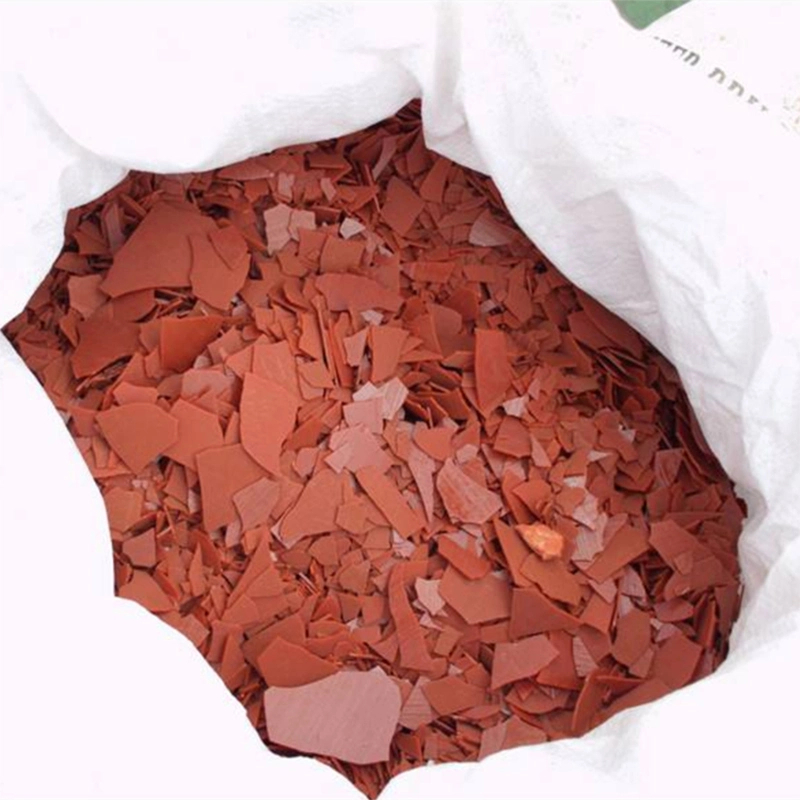



polyacrylamide chemical structure
Understanding the Chemical Structure of Polyacrylamide
Polyacrylamide (PAM) is a versatile polymer widely used in various applications ranging from water treatment to biomedical fields, largely due to its unique chemical structure and properties. This synthetic polymer is derived from acrylamide, a colorless, odorless solid, which becomes a polymer when subjected to polymerization processes. Understanding the chemical structure of polyacrylamide is crucial for its application and functionality in different environments.
The Basic Structure
The fundamental repeating unit of polyacrylamide is the acrylamide monomer, whose chemical formula is C3H5NO. The structure comprises a vinyl group (−CH=CH2) attached to a carbonyl (C=O) and an amino (−NH2) functional group. During the polymerization process, the double bond of the vinyl group opens up, allowing the monomers to link together, forming long chains, or polymers, with numerous acrylamide units.
Polyacrylamide is characterized by its amide functional groups, which can significantly affect its chemical behavior and solubility. The molecule can be considered as a linear chain of repeating acrylamide units connected via covalent bonds. The resulting structure can be categorized into different forms such as anionic, cationic, or nonionic polyacrylamides based on the presence and configuration of additional charged groups introduced during polymerization.
Variants of Polyacrylamide
1. Anionic Polyacrylamide - This variant incorporates negative charges in its structure through the addition of acrylate groups. Anionic PAM is particularly effective in water treatment processes, where it helps in coagulation and flocculation by neutralizing positively charged particles.
3. Nonionic Polyacrylamide - This form does not carry any additional charge, which allows for a more versatile application, especially in soil conditioning and in conditions where ionic strength greatly varies.
polyacrylamide chemical structure

Properties Conferred by Chemical Structure
The chemical structure of polyacrylamide heavily influences its physical and chemical properties. The degree of polymerization, the molecular weight, and the presence of functional groups all play critical roles in determining the polymer's behavior in solutions. For instance, higher molecular weight PAM exhibits greater viscosity, which is beneficial in applications requiring thickening agents.
Furthermore, the solubility of polyacrylamide in water is another important characteristic dictated by its chemical composition. The amide groups contribute to extensive hydrogen bonding, which facilitates its solubility in polar solvents like water. This property ensures effective dispersion in various aqueous environments, enhancing its functionality in water treatment and soil stabilization.
Applications
Given its tunable properties, polyacrylamide finds broad use in diverse fields. In environmental engineering, PAM is utilized in flocculation and sedimentation processes, improving the efficiency of clarifying water and wastewater. In agriculture, it is employed to enhance soil structure, reduce erosion, and retain moisture, ultimately promoting better crop yields.
In the biomedical field, polyacrylamide gels serve as matrices for electrophoresis, allowing for effective separation of biomolecules based on size and charge. Additionally, its biocompatibility enables applications in drug delivery systems and tissue engineering scaffolds.
Conclusion
The chemical structure of polyacrylamide is foundational to its properties and applications. Understanding its composition allows researchers and practitioners to harness its capabilities for a plethora of uses ranging from industrial processes to innovations in agriculture and medicine. As research progresses, further modifications of polyacrylamide may uncover new potentials, creating even more valuable applications in various sectors of industry and science.
-
Why Sodium Persulfate Is Everywhere NowNewsJul.07,2025
-
Why Polyacrylamide Is in High DemandNewsJul.07,2025
-
Understanding Paint Chemicals and Their ApplicationsNewsJul.07,2025
-
Smart Use Of Mining ChemicalsNewsJul.07,2025
-
Practical Uses of Potassium MonopersulfateNewsJul.07,2025
-
Agrochemicals In Real FarmingNewsJul.07,2025
-
Sodium Chlorite Hot UsesNewsJul.01,2025










